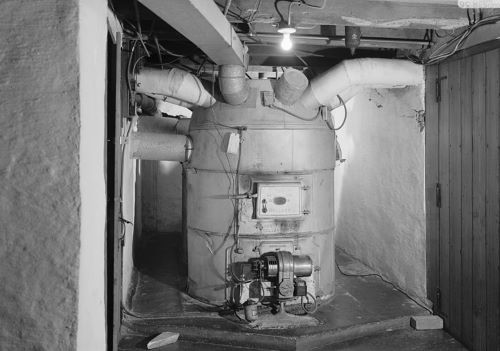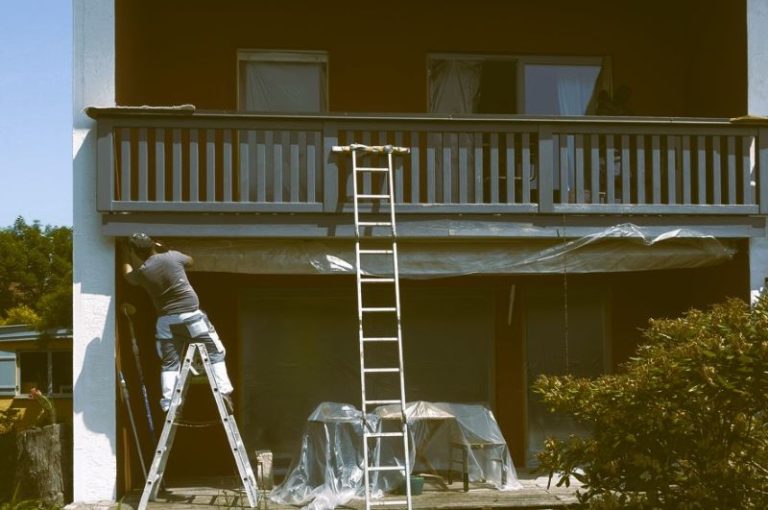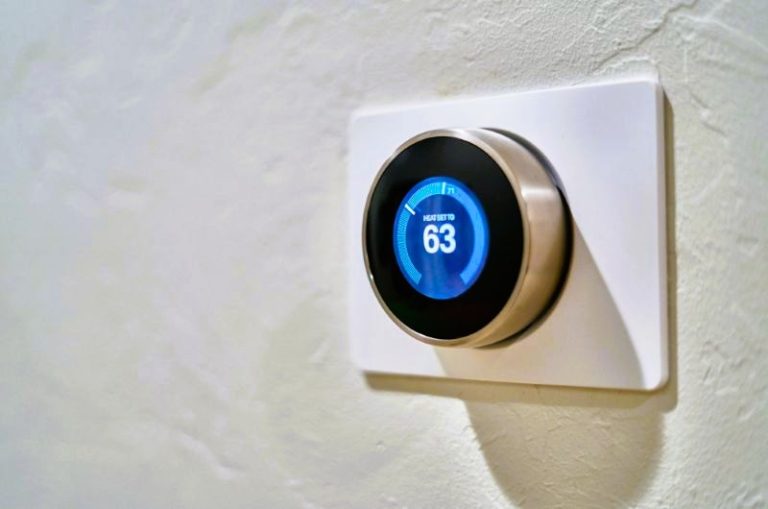

Finding the right replacement furnace for your home can be a daunting task. With so many options and factors to consider, it’s easy to feel overwhelmed. However, with a little knowledge and guidance, you can make an informed decision that ensures comfort and energy efficiency in your home for years to come. In this post, we will explore important factors to consider when choosing furnace replacement in Cincinnati, providing you with the confidence you need.
1. Assess Your Heating Needs
Before diving into the world of Cincinnati furnace replacements, take some time to assess your heating needs. Evaluate the size of your home, the climate you live in, and any specific heating requirements you may have. Understanding these factors will steer you toward a furnace that meets your unique needs.
2. Energy Efficiency Matters
Energy efficiency is a crucial aspect to consider when choosing a replacement furnace. Not only does an energy-efficient furnace reduce your environmental impact, but it can also significantly lower your heating costs over time. Look for furnaces with high AFUE (Annual Fuel Utilization Efficiency) ratings, as they indicate how efficiently the unit converts fuel into heat.
3. Consider Your Budget
Setting a budget is essential before beginning your search for a replacement furnace. Remember that while purchasing an efficient unit may require a higher upfront cost, it can lead to long-term savings on energy bills. It’s wise to strike a balance between budget and efficiency when making this important investment.
4. Size Matters
Sizing is critical when it comes to choosing a replacement furnace. An oversized unit will lead to inefficient heating and higher utility bills, while an undersized unit may struggle to keep your home at a comfortable temperature. Consulting with a professional HVAC technician can help ensure proper sizing for your specific needs.
5. Consider Additional Features
While considering the basic function and efficiency of a replacement furnace, it’s also beneficial to explore additional features. Some modern furnaces offer features like variable-speed blowers, two-stage or modulating burners, and programmable thermostats. These features enhance comfort and energy savings by better-matching heating output with the specific demands of your home.
6. Seek Professional Advice
Choosing the right replacement furnace can be challenging without professional guidance. Don’t hesitate to reach out to HVAC experts who can assess your needs, provide recommendations based on their experience, and handle the installation process with precision.
7. Don’t Forget about Maintenance
Maintaining your replacement furnace is important for longevity and optimal performance. Regular maintenance, such as annual inspections and cleanings, can help prevent costly repairs and ensure efficient operation. Consider looking for furnaces with accessible components that make maintenance tasks easier.
8. Check for Warranty Coverage
When investing in a replacement furnace, be sure to check the warranty coverage offered by the manufacturer. A comprehensive warranty can provide protection and peace of mind, as it covers potential repairs or replacements within a specified timeframe.
9. Compare Brands and Read Reviews
Take some time to research various brands before making your final decision. Comparing features, reputation, customer reviews, and warranties can give you insight into the quality and reliability of different manufacturers’ furnaces. Reading reviews from other homeowners who have already installed a specific model can offer valuable first-hand experiences.
10. Environmental Considerations
In today’s world, it is important to consider the environmental impact of our heating choices. Look for replacement furnaces that prioritize energy-efficient and eco-friendly features. Additionally, some furnaces offer special certifications such as ENERGY STAR® recognition, which indicates their superior energy efficiency and reduced greenhouse gas emissions.
11. HVAC System Compatibility
When choosing a replacement furnace, it’s essential to consider the compatibility with your existing HVAC system. Assess if any modifications or upgrades may be required for seamless integration with your current ductwork, ventilation, and overall system configuration. This will help avoid any potential complications during installation.
12. Safety Features
Safety should never be compromised when selecting a replacement furnace for your home. Look for furnaces that come equipped with advanced safety features such as combustion chamber monitoring, automatic shut-off mechanisms in case of malfunctions or excessive heat buildup, and carbon monoxide detectors.
Conclusion
Selecting a replacement furnace may seem overwhelming initially, but armed with knowledge about your heating requirements, energy efficiency options, budget limitations, different types of furnaces available, sizing considerations, and additional features, you can make an informed decision that ensures both warmth and cost-saving benefits in your home. By seeking professional advice when needed, you will have peace of mind knowing that you’ve made the right choice for your household’s specific needs.


